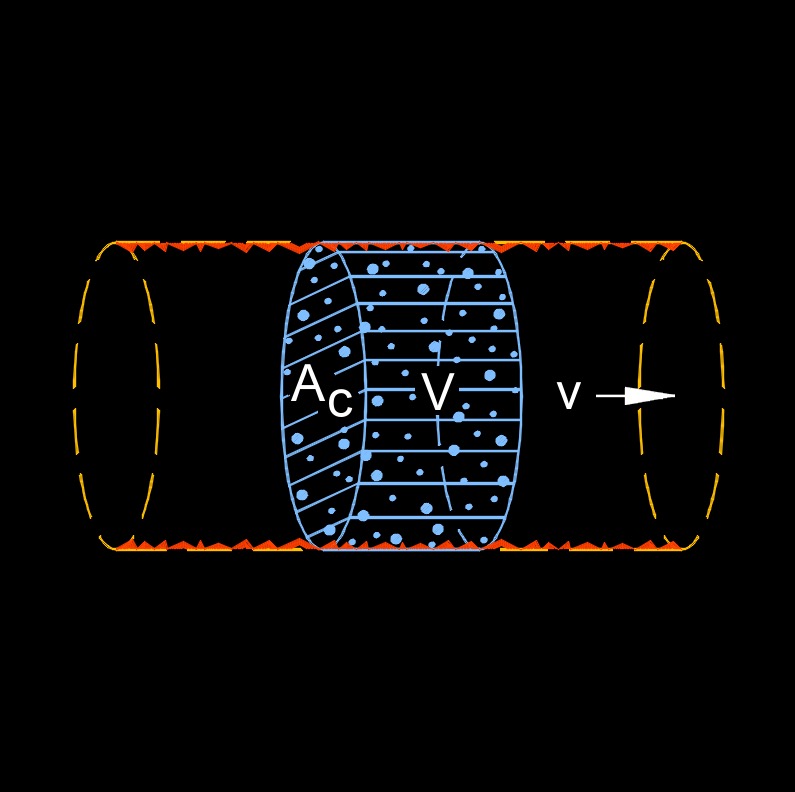Viscosity of a Slurry
Viscosity of a Slurry formula |
||
|
\( \eta_s \;=\; \dfrac{ \mu }{ \eta_r }\) (Viscosity of a Slurry) \( \mu \;=\; \eta_s \cdot \eta_r \) \( \eta_r \;=\; \dfrac{ \mu }{ \eta_s }\) |
||
| Symbol | English | Metric |
| \( \eta_s \) (Greek symbol mu) = Viscosity of a Slurry | \(lbf-sec \;/\; ft^2\) | \(Pa-s\) |
| \( \mu \) (Greek symbol mu) = Dynamic Viscosity | \(lbf-sec \;/\; ft^2\) | \(Pa-s\) |
| \( \eta_r \) (Greek symbol eta) = Relative Viscosity | \(lbf-sec \;/\; ft^2\) | \(Pa-s\) |

The viscosity of a slurry, abbreviated \(\eta_s\), slurry being a mixture of liquids and solids, is comparitive to the viscosity of the liquid phase. A slurry is a semi-liquid mixture that typically consists of solid particles suspended in a liquid. The viscosity of a slurry is influenced by several factors, including the nature and size of the solid particles, the type of liquid in which they are suspended, and the concentration of solids in the mixture.
Concepts Related to Viscosity in Slurry
In the context of slurries, viscosity is often more complex than in simple liquid systems due to the presence of solid particles.
Particle Size and Distribution - The size and distribution of solid particles in the slurry can have a significant impact on viscosity. Smaller particles and more uniform distributions may lead to higher viscosity.
Particle Shape - The shape of the solid particles also plays a role. Irregularly shaped particles might interact in ways that affect the flow properties of the slurry.
Concentration of Solids - Increasing the concentration of solid particles generally increases the viscosity of the slurry. However, there may be a point at which further increases in concentration result in a non-linear increase in viscosity.
Nature of the Liquid Phase - The type of liquid in which the solid particles are suspended can influence viscosity. Different liquids may interact differently with solid particles, affecting the overall flow behavior.
Temperature - Temperature can impact the viscosity of the liquid phase in the slurry. Generally, viscosity decreases with increasing temperature, but this effect may be influenced by the specific properties of the liquid.It's important to note that measuring and predicting the viscosity of slurries can be challenging due to their complex nature. Experimental measurements and rheological studies are often conducted to characterize the viscosity of slurries under specific conditions.
It's important to note that measuring and predicting the viscosity of slurries can be challenging due to their complex nature. Experimental measurements and rheological studies are often conducted to characterize the viscosity of slurries under specific conditions.

